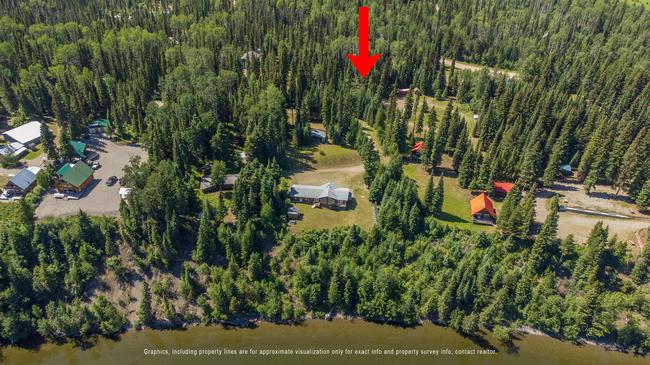 |
|
Whether you’re looking for a peaceful retreat, a home in a vibrant community, or a versatile investment, we’re here to provide the information you need. Our listings are wide-ranging, including houses, condos, farms, ranches, resorts, lodges, motels, B&Bs, waterfront properties, cabins, recreational lots, and vacant land. We primarily focus on Agassiz and Harrison Hot Springs, as well as other beautiful nearby regions. View these one-of-a-kind listings offering diverse lifestyle opportunities—the perfect blend of work, rest, and play. Feel free to contact us directly for more information on any of our featured listings. When you’re ready, we’d be delighted to show you around on a personal tour. |
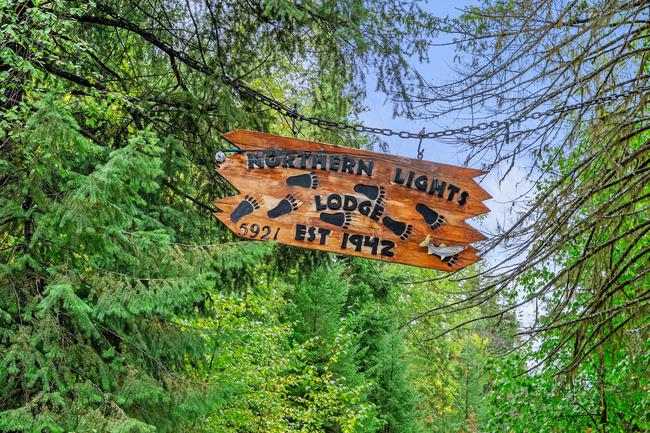
Northern Lights Lodge — Where “Once in a Lifetime Happens Every Day “WILD TROUT, NEVER CAUGHT BEFORE!” 5921 Cedar Creek Road
Likely British Columbia V0L 1N0
Likely British Columbia V0L 1N0
Acres:
12.7

27.8 Acres of Opportunity in Harrison Mills – Prime for Development!
1840 Woodside Boulevard, Harrison Mills British Columbia V0M 1A1
1840 Woodside Boulevard, Harrison Mills British Columbia V0M 1A1
Acres:
27.8

Chataway Ranch Income, Lifestyle & Opportunity in Ashcroft, BC
2345 Hwy 97c, Ashcroft British Columbia V0K 1H0
2345 Hwy 97c, Ashcroft British Columbia V0K 1H0
Acres:
77.9
Creek-Frontage


Over 8.8 Acres with Pond and Creek in Harrison Mills
1724 Lougheed Highway, Harrison Mills British Columbia V0M 1A3
1724 Lougheed Highway, Harrison Mills British Columbia V0M 1A3
Acres:
8.89

Private Lakeview Acreage with Charm & Character
6649 Sven Road / Horse Lake , Lone Butte British Columbia V0K 1X3
6649 Sven Road / Horse Lake , Lone Butte British Columbia V0K 1X3
Beds:
5
Baths:
4 (full)
Acres:
2.21

Unveil the Magic of Moosehorn Lodge at Uncha Lake
7463 Moosehorn Road, Southbank British Columbia V0J 2P0
7463 Moosehorn Road, Southbank British Columbia V0J 2P0
Acres:
48.06

Wilderness Retreat: 3-Bed Log Home with Coach House on ¼ Acre
4730 Pine Ridge, Logan Lake British Columbia V0K 0B9
4730 Pine Ridge, Logan Lake British Columbia V0K 0B9
Beds:
3
Baths:
2 (full)
Acres:
0.25
Sqft:
2,600
Lakefront


Fully Furnished Cabin on 3 Acres, Private Dock, and Endless Outdoor Adventures 5874 Face Lake
Logan Lake British Columbia
Logan Lake British Columbia
Beds:
1
Baths:
1 (full)
Acres:
3.06
Sqft:
813

Stunning Panoramic Views Await in Naramata: Your Dream Property with Unmatched Scenery
Lot 1 North Naramata Road, Naramata British Columbia V0H 1N1
Lot 1 North Naramata Road, Naramata British Columbia V0H 1N1
Acres:
3.49
NEW PRICE


Commercial Opportunity in the Heart of the Cariboo! Strip Mall in Lac La Hache.
4842 Hamilton Road, Lac La Hache British Columbia V0K 1T1
4842 Hamilton Road, Lac La Hache British Columbia V0K 1T1
Acres:
0.61
Sqft:
4,611
REDUCED!


Uncover Endless Potential with this 37.55-acre Gem in Historical Quesnel Ideal for Subdivision, Ranching, or Self-Sufficient Living
Lot 2 Woodridge Road, Quesnel British Columbia V2J 0A8
Lot 2 Woodridge Road, Quesnel British Columbia V2J 0A8
Acres:
37

Bowron Lakefront Executive Home: Custom Luxury & Off-Grid Excellence
4490 Bowron Lake Road, Bowron Lake - Wells British Columbia V0K 2R0
4490 Bowron Lake Road, Bowron Lake - Wells British Columbia V0K 2R0
Beds:
3
Baths:
2 (full)
| 1 (half)
Acres:
0.97
Sqft:
2,217
3-Storey


Stunning Three-Level Penthouse on Harrison Lake
317-378 Esplanade Ave, Harrison Hot Springs British Columbia V0M 1K0
317-378 Esplanade Ave, Harrison Hot Springs British Columbia V0M 1K0
Beds:
2
Baths:
3 (full)
Sqft:
1,784
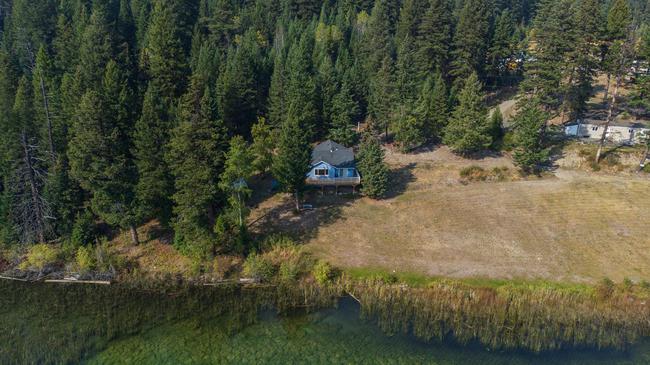
Lakefront Living on 3.21 Acres - 4 Bed Home on Tyee Lake
2496 - A Big Lake- Tyee Lake Road, Williams Lake British Columbia V2G 4J9
2496 - A Big Lake- Tyee Lake Road, Williams Lake British Columbia V2G 4J9
Beds:
4
Baths:
1 (full)
Acres:
3.21

🌲 101-Acre Riverfront Investment 🌊 🏡 Prime Land in the Village of Likely
6743 Likely Road, Likely British Columbia V0L 1N0
6743 Likely Road, Likely British Columbia V0L 1N0
Acres:
101.5

Spacious Building Lot with Scenic Harrison Lake Views
6361 Thunderbird Crescent, Harrison Lake British Columbia V0M 1A3
6361 Thunderbird Crescent, Harrison Lake British Columbia V0M 1A3
Acres:
0.3
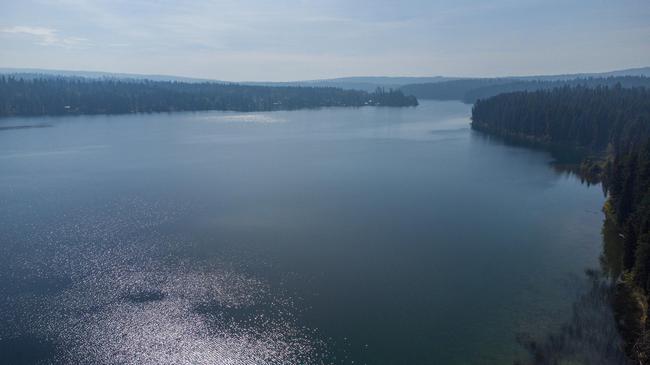
The Magic of Lakefront living in the heart of the Cariboo. Tyee Lakefront Serenity – 5.9 Acres of Cariboo Beauty B 2496 Big Lake - Tyee Lake Road
Williams Lake British Columbia V2G 4Y9
Williams Lake British Columbia V2G 4Y9
Beds:
1
Baths:
1 (full)
Acres:
5.9
Sqft:
923
Waterfront
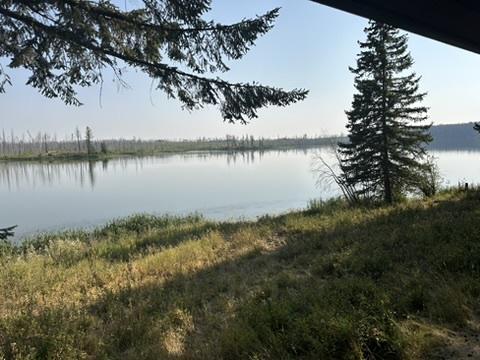

Cariboo Lakefront Acreage: 124.5 Acres With Timber Cruise & Endless Rural Potential
DL 6374 Spokin Lake Road, 150 Mile House British Columbia
DL 6374 Spokin Lake Road, 150 Mile House British Columbia
Acres:
124.5

Exceptional Bowron Lake Wilderness Retreat – Cabin, Storage, Sauna & Build-Ready Lot
Lots 3, 4 and 5 Bowron Lake Road British Columbia
Lots 3, 4 and 5 Bowron Lake Road British Columbia
Acres:
1.07
BOAT ACCESS ONLY


Unplug and Reconnect with Nature – Exclusive Lakefront Cabin with Creekside Serenity!
Mahood Lake British Columbia
Mahood Lake British Columbia
Acres:
5.7
Sqft:
2,400
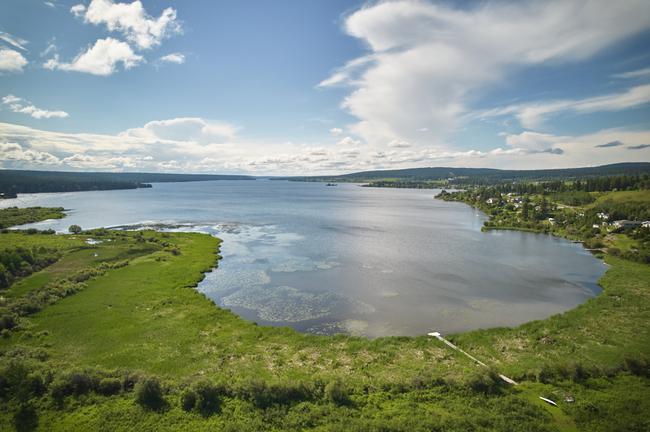
1.39 Acre Lakefront Acreage at Mckinley Bay @ Lake Lac La Hache. 4170 Lac La Hache Station Road,
Lac La Hache / 100 Mile Area British Columbia V0K 1T0
Lac La Hache / 100 Mile Area British Columbia V0K 1T0
Acres:
1.39
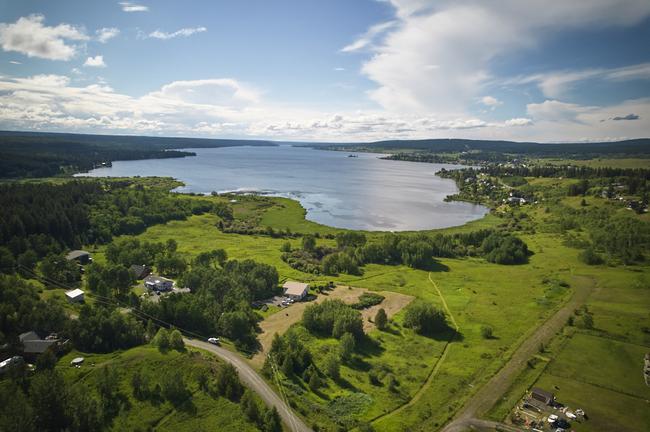
1 Acre Affordable Lakefront Lifestyle Opportunity in Lac La Hache
4160 Lac La Hache Station Road, Lac La Hache British Columbia V0K 1T0
4160 Lac La Hache Station Road, Lac La Hache British Columbia V0K 1T0
Acres:
1.07
5 LOTS!!


5 Building Lots in one Package / Motivated Seller!
4601-4617 Veterans Way, Chetwynd British Columbia V0C 1J0
4601-4617 Veterans Way, Chetwynd British Columbia V0C 1J0
Acres:
1.2
Sqft:
56,300



